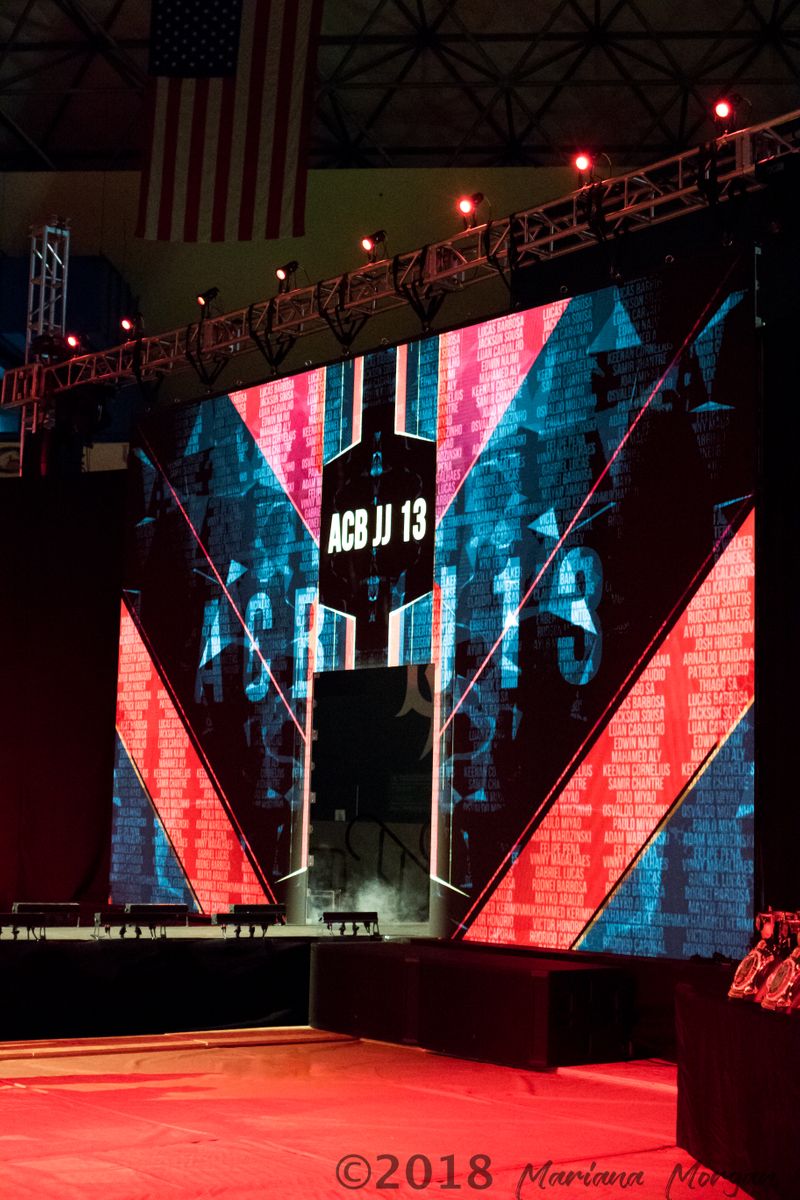A Thorough Analysis of Various Light Emitting Diode Video Screen Technologies and Their Uses
Light Emitting Diode video walls have become more popular in various environments, including music events, athletic events, as well as corporate meetings. These large screens consist of made up of many individual LED panels that function collectively to form a cohesive unified visual. Various different kinds of LED video wall solutions available, each having its own features and benefits. Understanding these technologies options can assist companies and organizations choose the right solution for their particular requirements.
One frequent kind of LED display screen technology is the directly viewed LED. This technology utilizes separate LED modules which are arranged closely together to create a large screen. Directly viewed Light Emitting Diode walls are recognized for their elevated brightness and lively hues, making them perfect for external events or well-lit illuminated environments. These displays also have a wide viewing perspective, which means that people can view the screen clearly from different locations. Such renders directly viewed LED screens a favored option for stadiums as well as outdoor festivals.
A different kind of LED video screen technology is the LED illuminated Liquid Crystal Display. Such technology merges conventional Liquid Crystal Display screens with LED illumination for improved brightness and hue accuracy. LED illuminated LCDs are often used in indoor settings, including retail centers and conference rooms. They provide excellent visual clarity and are typically more affordable than directly viewed LED walls. However, they may often function as effectively in bright settings, as the backlighting can occasionally dull the hues.
A thirdly choice is the Organic Light Emitting Diode video wall. OLED technology offers exceptional contrast and hue richness compared to other kinds of screens. Every dot in an OLED screen emits its own light, allowing for true blacks as well as lively hues. This makes OLED video walls especially attractive for uses which demand premium images, including gallery exhibitions and high-end shopping outlets. Nonetheless, Organic Light Emitting Diode solution can be costlier costly while may often be as luminous as directly viewed LED walls, making it less suitable for external applications.
In addition to the aforementioned options, there are additionally multiple uses for LED video walls. They can be utilized for promotion, entertainment, and information presentation. For instance, companies often utilize Light Emitting Diode video walls for digital advertising to attract customers and advertise goods. Within entertainment, they enhance the sight encounter at concerts as well as events, providing lively backdrops and captivating images. Within corporate settings, LED display walls can be used for demonstrations, visual conferencing, and educational programs, helping to communicate data through a aesthetically appealing way.
To summarize, Light Emitting Diode video walls are available in various technologies, every having its own advantages and uses. Direct view LED screens are address great for outdoor applications, while LED-backlit LCDs are more appropriate for interior settings. Organic Light Emitting Diode video walls offer superior image quality yet may come at a higher price. Understanding the differences variations can help entities to make informed choices about which type of Light Emitting Diode display wall most satisfies their requirements, whether for promotion, entertainment, or business use.